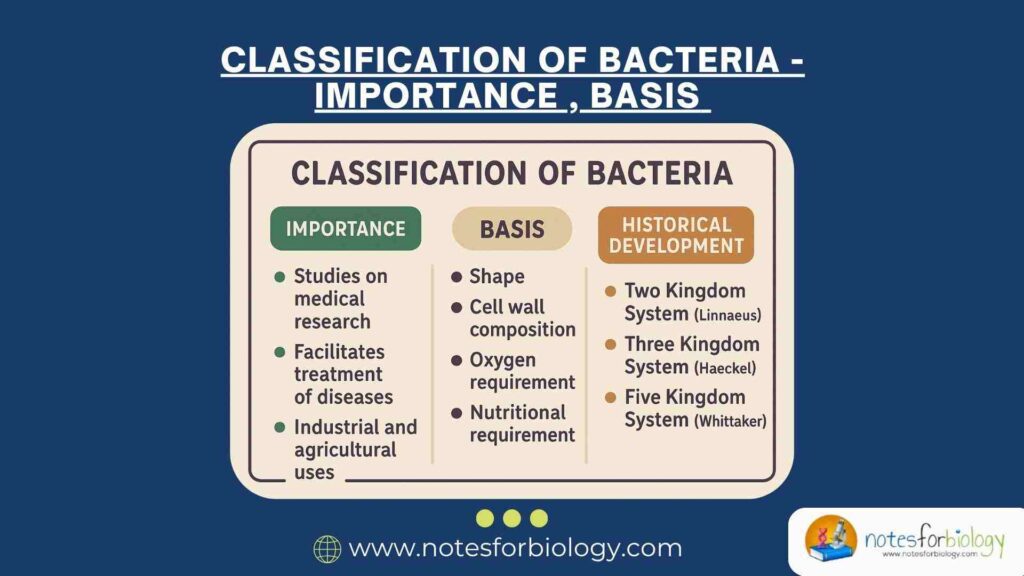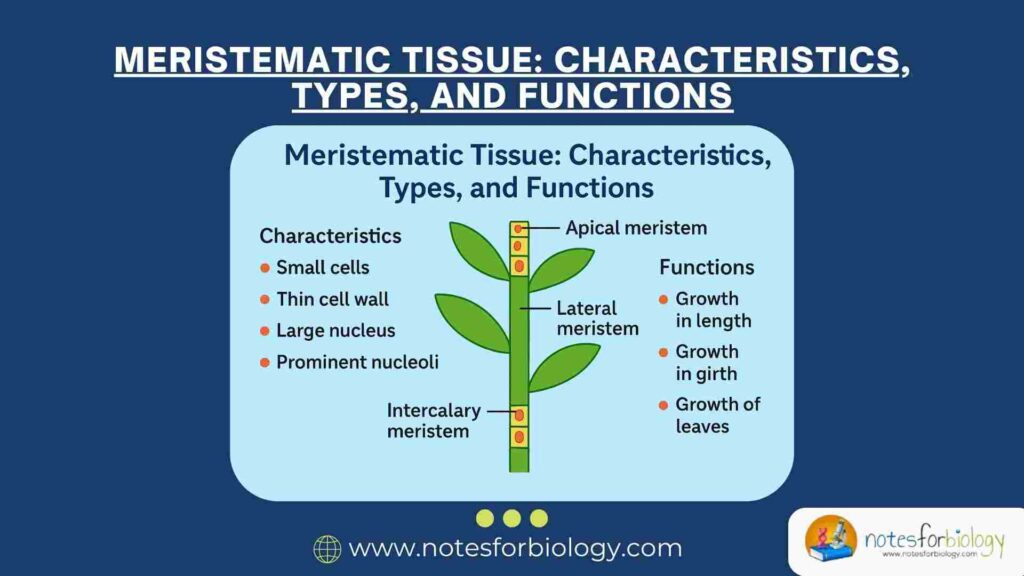Entamoeba histolytica: Morphology, life cycle, Pathogenesis, clinical manifestation, lab diagnosis and Treatment
Entamoeba histolytica is a protozoan parasite that infects humans and is responsible for a range of intestinal and extraintestinal diseases collectively referred to as amoebiasis. The parasite primarily colonizes the large intestine, where it may exist as a harmless commensal or cause tissue invasion resulting in disease. Globally, amoebiasis is a significant public health issue, […]










